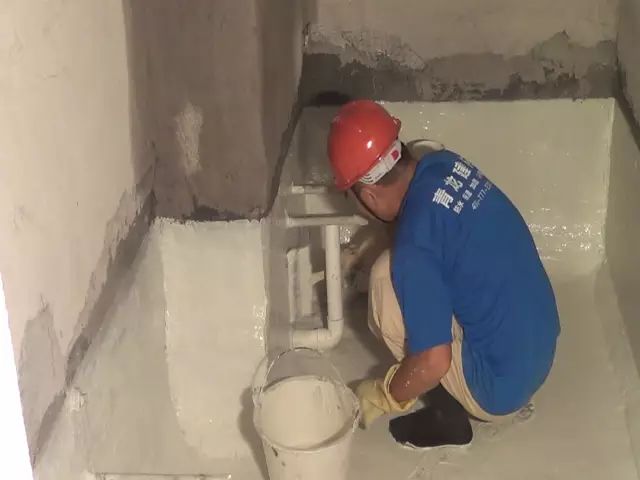The details of a bathroom renovation are essential. Here are some considerations for tiling:

Corner protection: A corner is the protruding edge of a wall. To protect it and avoid sharp edges, you can use corner strips or mitred corners. Corner strips can be installed directly at the corner, while mitred corners require the underside of the tile to be sanded at a 45-degree angle before tiling. Two 45-degree tiles are then joined together, leaving a small gap for grout, effectively protecting the corner.
Wall tiles over floor tiles: The traditional method of laying floor tiles over wall tiles can cause water to collect in the corner joints, leading to odours, mould, and poor waterproofing. In contrast, the wall tile over floor tile method allows water to drain completely to the floor drain without accumulating in the corner joints. Although this method requires more artistry, it improves waterproofing.
Floor tile drainage slope: When tiling the bathroom floor, ensure there is a proper drainage slope towards the floor drain to prevent water accumulation. It is common practice to design a slope with a height difference of 0.01-0.03 metres within a 1-metre radius of the drain. Once completed, you can test the drainage by placing a table tennis ball on the floor in different corners. If the ball rolls towards the drain, the drainage is smooth; if not, rework is required.
Wall tile height: Bathrooms usually have aluminium panel ceilings with fixtures and wiring above. Tiling up to the ceiling can cause the walls above the aluminium panels to become damp and drip water. Therefore, the tile should be just above the ceiling, not on it.
Slip resistance: Given the high water usage in bathrooms, matte tiles with good slip resistance are advisable. In addition, installing a water barrier between the shower area and the dry area can prevent water from spilling into other parts of the bathroom, increasing safety.
Tile grout treatment: Tile grout is essential for the overall appearance and cleanliness of the bathroom. Choose grout colours that complement the tiles to ensure aesthetic appeal. Sealing the joints after tiling can prevent dirt from seeping in and make cleaning easier.
Edge treatment: Bathroom wall edges require special care to avoid damaging or chipping the tile edges. Unique corner iron strips or corner protectors can protect the edges from damage and enhance the overall appearance.
Tile backing compatibility: In some regions of the bathroom, such as under the sink or along the edge of the bath, tiling may be required in very tight spaces. In such cases, ensuring the compatibility of the tile and its backing is essential for a perfect finish and safe tiling.
Tile Choice: In addition to slip resistance, it is important to choose tiles that are water—and moisture-resistant and easy to clean. Bathrooms have high humidity, so choosing tiles with waterproof and antibacterial properties can extend their lifespan and make them easier to clean.
Overall wall tile style: Choose tile styles and colours that match the overall style and colour scheme of the bathroom. Wall tiles can add beauty to the bathroom and work with other decorative elements to create a comfortable and harmonious space.
Attention to detail and careful construction in bathroom tiling can improve the quality of the renovation and the user experience. It's best to work with a professional renovation team to ensure the correct tiling techniques are used and to make appropriate adjustments based on actual conditions.




